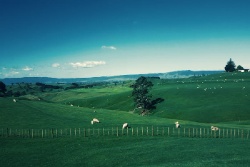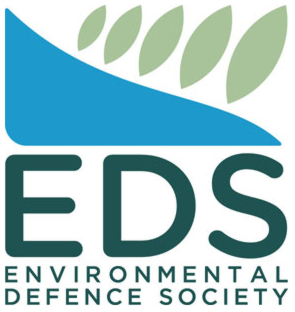Toxic algae mostly confined to Ashley Rvr/Rakahuri
March 21, 2007
MEDIA STATEMENT
Toxic algae mostly confined to Ashley River/Rakahuri
Environment Canterbury has updated its results of algal samples from three North Canterbury rivers and one Central Canterbury river. South Canterbury river results are expected next week.
The sampling was prompted by a puppy getting sick and later reports of dog deaths from eating the blackish algal mats coating rocks in the warmer, lower reaches of the river earlier this month. Tests showed the presence of an algae species previously unknown to produce toxins in Canterbury rivers, which can be fatal to animals.
Dr Alistair Humphrey, Medical Officer of Health, says people swimming or showering in water with increased levels of algal bloom have been known to develop allergic reactions – asthma, eye irritations, rashes, blistering around the mouth and nose and gastro intestinal disorders including abdominal pain, cramps and diarrhoea.
Tests of the upper Ashley River also showed the presence of the toxin but at much lower concentrations than closer to the river mouth.
“The latest results are mixed with most sites on the Ashley River showing the presence of toxins at varying concentrations,” Ms Hayward says. “No toxins were detected in three samples taken from different sites on the Waimakariri River. However, the one site on the Selwyn River at Chamberlains Ford showed low levels of toxins present, but not at high concentrations compared to the lower Ashley River. We have also done visual inspections of North Canterbury’s Waipara River but none of the characteristic black algal, cyanobacterial mats were found, although a lot of other river algae, common in summer, was present.”
On Monday this week Ms Hayward went back to the lower Ashley River, after the weekend’s rainfall and cold snap, where she found fewer algal mats growing in the river. “The recent fresh seemed to have flushed some of it out but it is still present in the faster flowing reaches of the lower river. Also, there is still plenty of the algae present as drying mats on the river banks, where it is easy for dogs to investigate it, so the risks are still present there. “
Ms Hayward said that ECan water quality field staff will be carrying out visual inspections of more Canterbury waterways as an ongoing part of their normal water quality surveys. “Given that we are heading into cooler months, there is less urgency for frequent inspections but next summer we will have to consider developing a monitoring/risk assessment strategy for this issue. This can be done once we have a better understanding of the river and climate conditions that promote toxin production by these algae.” This information is being gathered now.
In the meantime, Ms Hayward said the earlier warning to river users, particularly people exercising their dogs, around the Ashley River remained in place. “Until a decent fresh or flood comes down the river, big enough to scour the algal mats from the gravel and wash it off the river banks, people should be cautious about the lower Ashley,” she says.
“If the weather warms up again and flows continue to decline then we could have a problem further up the river. Again, regular visual monitoring of the amount of cyanobacterial mats is going to be needed during hot periods.”
NB: For information on river
flows go to:
http://www.ecan.govt.nz/Our%20Environment/Water/Rivers/RiverFlows/riverflow-north.html
and click on the river you are interested in. You can choose
to see flow data for recent weeks or for the past six
months.
ENDS


 Gordon Campbell: On New Zealand’s Peter Thiel Problem
Gordon Campbell: On New Zealand’s Peter Thiel Problem Greenpeace: Gore’s Iconic Brown Trout Statue Latest Victim Of Township’s Drinking Water Crisis
Greenpeace: Gore’s Iconic Brown Trout Statue Latest Victim Of Township’s Drinking Water Crisis Environmental Defence Society: Another Offensive Launched In The Government’s War On Nature
Environmental Defence Society: Another Offensive Launched In The Government’s War On Nature Office of Ethnic Communities: New Zealand’s Muslim And Jewish Organisations Join As Signatories To The Harmony Accord At Government House
Office of Ethnic Communities: New Zealand’s Muslim And Jewish Organisations Join As Signatories To The Harmony Accord At Government House ICONZ: Government Faith Initiative Misaligned, Say Groups Who Declined To Join
ICONZ: Government Faith Initiative Misaligned, Say Groups Who Declined To Join NZ Police: Cha-Ching - Police Seize Thousands Of Dollars In Fake Bills
NZ Police: Cha-Ching - Police Seize Thousands Of Dollars In Fake Bills Rural Women New Zealand: 100 Years Of Service
Rural Women New Zealand: 100 Years Of Service


